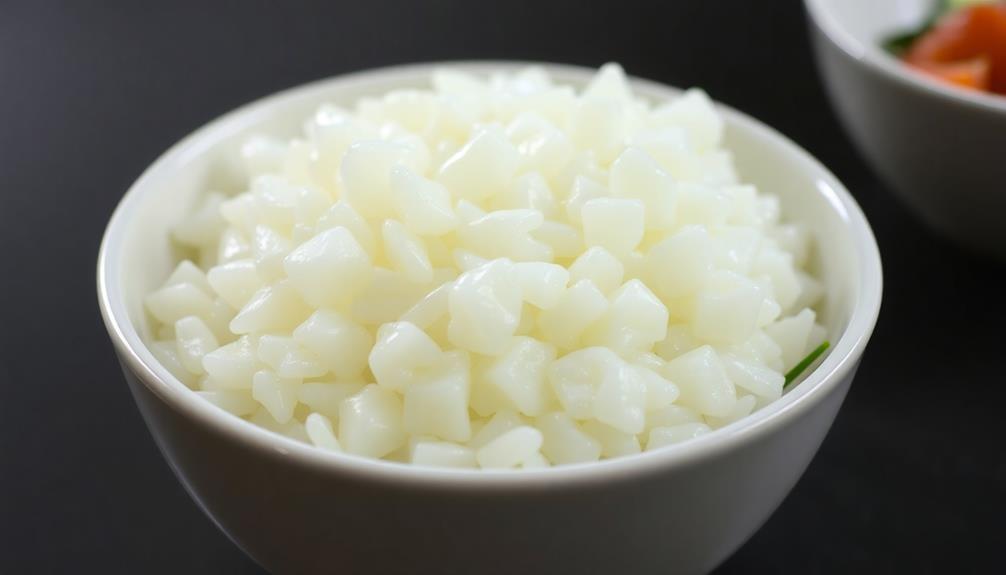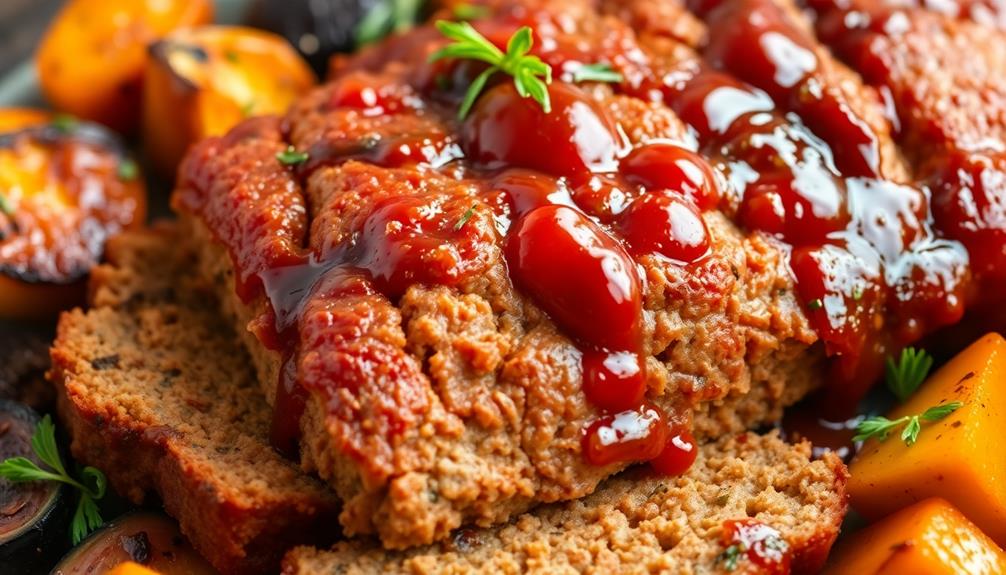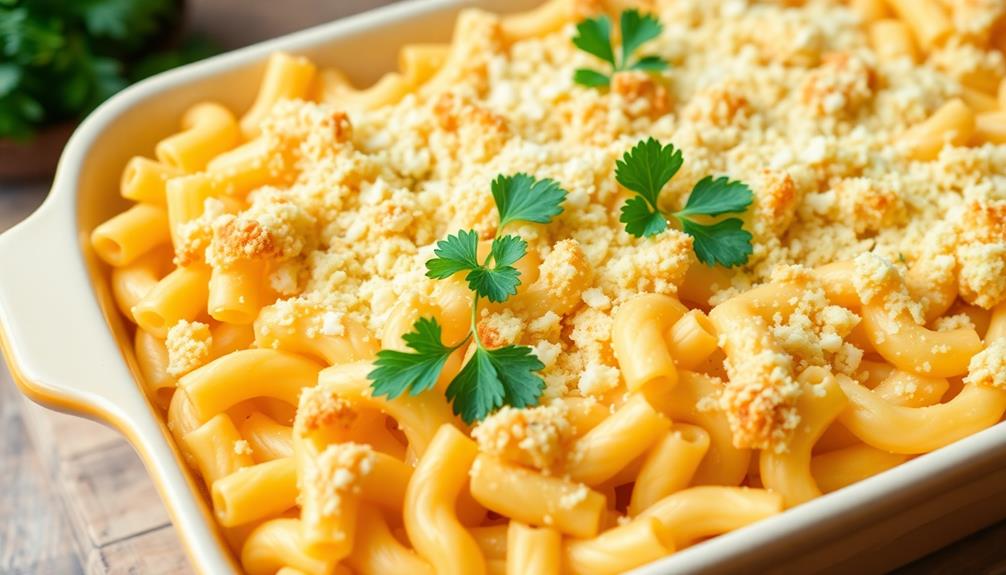As a beginner, you'll want to start with quality coffee beans and a reliable grinder to control the coarseness. The ideal brewing temperature is between 195-205°F – any hotter and you'll end up with a bitter brew. Let the water rest for 30 seconds after boiling, then slowly pour over the grounds, allowing them to steep for 4-6 minutes. Adjust the coffee-to-water ratio to your taste preferences. With a little practice, you'll be crafting café-worthy coffee at home. And if you continue exploring, you'll discover even more techniques to elevate your daily cup.
Key Takeaways
- Start with quality coffee beans and use a burr grinder to achieve the ideal coarse grind for maximum flavor extraction.
- Measure the water-to-coffee ratio precisely, using a general guideline of 2 tablespoons of coffee per 6 ounces of water.
- Ensure the water temperature is between 195°F and 205°F for optimal brewing, and let the water sit for 30 seconds to 1 minute before pouring.
- Allow the coffee grounds to steep for 4 to 6 minutes without disturbing them, to fully extract the aromatic oils.
- Experiment with different brewing methods, such as pour-over, French press, or cold brew, to find your preferred coffee-making technique.
History
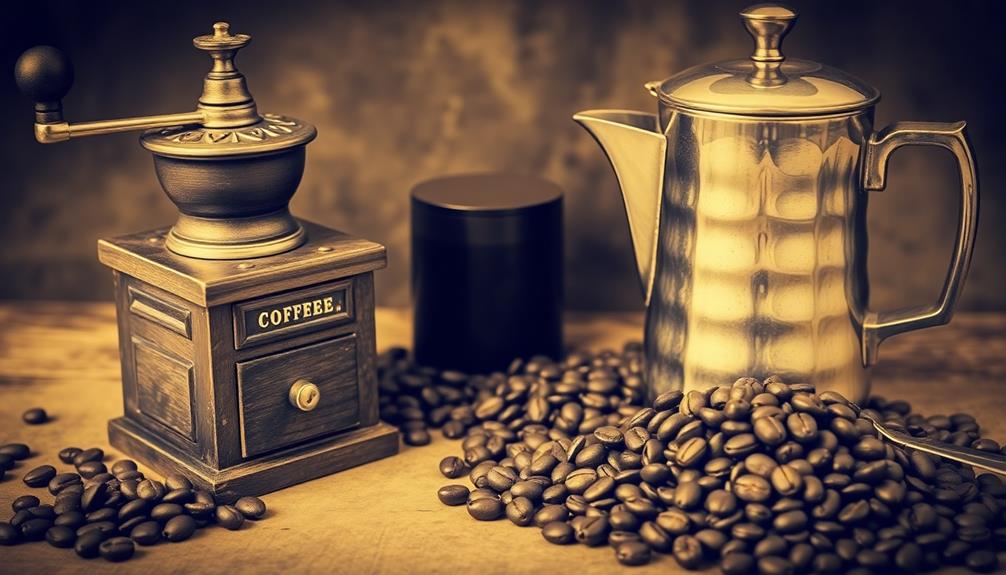
Coffee has been a staple beverage for centuries, with its roots tracing back to the ancient coffee forests of Ethiopia. Legend has it that a goatherd named Kaldi discovered the energizing effects of coffee beans after observing his goats' liveliness following their consumption.
From there, the practice of coffee drinking spread throughout the Arabian Peninsula and eventually made its way to Europe in the 17th century.
The first coffee houses, often referred to as "schools of the wise," emerged in major European cities, becoming hubs for intellectual discourse and social interaction. As coffee's popularity grew, it was embraced by various cultures, each putting their own spin on preparation methods and flavor profiles.
Today, coffee remains a beloved global commodity, with billions of people enjoying its rich aroma and stimulating effects daily. Whether you prefer a bold espresso or a smooth pour-over, the history of coffee is a fascinating journey through time.
Recipe

Coffee is a beloved beverage enjoyed by millions around the world. Whether you prefer a bold, rich brew or a smooth, mild cup, the key to a great cup of coffee lies in the preparation. In this recipe, we'll guide you through the perfect steps to create a delightful coffee experience. Understanding the global coffee culture can also enhance your appreciation of this popular drink.
Brewing the perfect cup of coffee is an art form, and with a few simple techniques, you can elevate your morning ritual. From selecting the right beans to mastering the brewing process, every step plays a crucial role in unlocking the full potential of your coffee.
Ingredients:
- 2 tablespoons of freshly ground coffee beans
- 6 ounces of filtered water
- A coffee maker or French press
Instructions:
Start by bringing the filtered water to a temperature of approximately 200°F. This temperature range allows for optimal extraction of the coffee's flavors and oils.
Next, measure out 2 tablespoons of freshly ground coffee beans and place them in your coffee maker or French press. Slowly pour the hot water over the grounds, ensuring even coverage.
Allow the coffee to brew for 4-6 minutes, depending on your preferred strength. Finally, pour the brewed coffee into your favorite mug and enjoy.
For an extra tip, consider experimenting with different coffee bean varieties and roast levels to find the flavor profile that suits your taste buds best. Additionally, be mindful of your water quality, as it can greatly impact the final taste of your coffee.
Cooking Steps

Grind your coffee beans coarsely for a bold, flavorful brew, as this helps release the essential oils that contribute to coffee's health benefits, including fresh insights about coffee's antioxidants.
Measure the water-to-coffee ratio precisely to ensure the perfect strength.
Make sure to brew your coffee at the correct temperature for optimal extraction.
Steep the grounds for the optimal amount of time to unlock their full potential.
Step 1. Grind Coffee Beans Coarsely

The burr grinder is your trusty companion in this step. Grinding your coffee beans coarsely is essential for the perfect brew, especially if you're planning to use methods like French press or cold brew.
You want them to have a rough, uneven texture, not a fine powder. This allows the hot water to extract the most flavor from the beans during the brewing process, much like the way caffeine content in espresso varies based on the brewing technique.
Adjust the grind setting on your burr grinder to the coarsest level. Slowly pour the whole beans into the hopper, letting the grinder do its work. Listen for the satisfying crunch as the burrs crush the beans. The resulting grounds should resemble coarse sea salt.
If they look too fine, adjust the grinder to a coarser setting and try again. Proper coarse grinding is crucial for a balanced, full-bodied cup of coffee.
Take your time and get this step right – your taste buds will thank you later. With the beans ready, you're one step closer to brewing the perfect cup.
Step 2. Measure Water-To-Coffee Ratio Precisely

With the coffee grounds ready, it's time to focus on the water-to-coffee ratio. Getting this balance just right is key to brewing a delicious cup. As a general guideline, use about 2 tablespoons of ground coffee for every 6 ounces of water. This ratio can be adjusted to your personal taste preferences – some prefer a stronger brew, while others like it a bit milder.
To measure precisely, use a digital scale to weigh out the coffee. If you don't have a scale, simply use a measuring spoon. Just be sure to level off the coffee in the spoon for an accurate measurement.
For the water, use a clear liquid measuring cup so you can see the exact volume.
Once you've got your ratios dialed in, the rest is easy. Bring the water to a gentle boil, then pour it over the coffee grounds. Stir gently and let it steep for 4-5 minutes.
Then, grab your favorite mug and enjoy your perfectly balanced brew!
Step 3. Brew Coffee at Correct Temperature

Having measured the water-to-coffee ratio precisely, you'll want to brew the coffee at the correct temperature. The ideal temperature for brewing coffee is between 195°F and 205°F. Anything below 195°F won't extract the full flavor of the beans, while temperatures above 205°F can make the coffee taste bitter and burned.
To achieve the perfect temperature, you can use a gooseneck kettle with a built-in thermometer. Bring the water to a boil, then let it sit for about 30 seconds to a minute before pouring it over the coffee grounds.
If you don't have a gooseneck kettle, you can use a regular kettle and check the water temperature with a separate thermometer. Pour the water slowly and evenly over the grounds, making sure to wet them all.
Avoid letting the water sit on the grounds for too long, as this can lead to over-extraction and bitterness.
Step 4. Steep Coffee Grounds for Optimal Flavor

Once you've poured the water over the coffee grounds, let the mixture steep for 4 to 6 minutes. This resting period is crucial for extracting the full flavor from the beans. During this time, the hot water will continue to dissolve the coffee's aromatic oils and complex compounds, creating a rich, balanced cup of coffee.
Don't be tempted to rush the process – patience is key. Stirring or agitating the grounds can actually disrupt the extraction, leading to a bitter or unbalanced flavor. Instead, simply let the mixture sit undisturbed, allowing the magic to happen.
When the time is up, you can go ahead and pour your freshly brewed coffee. The longer steep time will result in a more flavorful, full-bodied cup compared to a shorter steep.
Experiment with different durations to find your perfect balance of strength and smoothness. With a little practice, you'll be steeping like a pro in no time!
Step 5. Pour Coffee Slowly
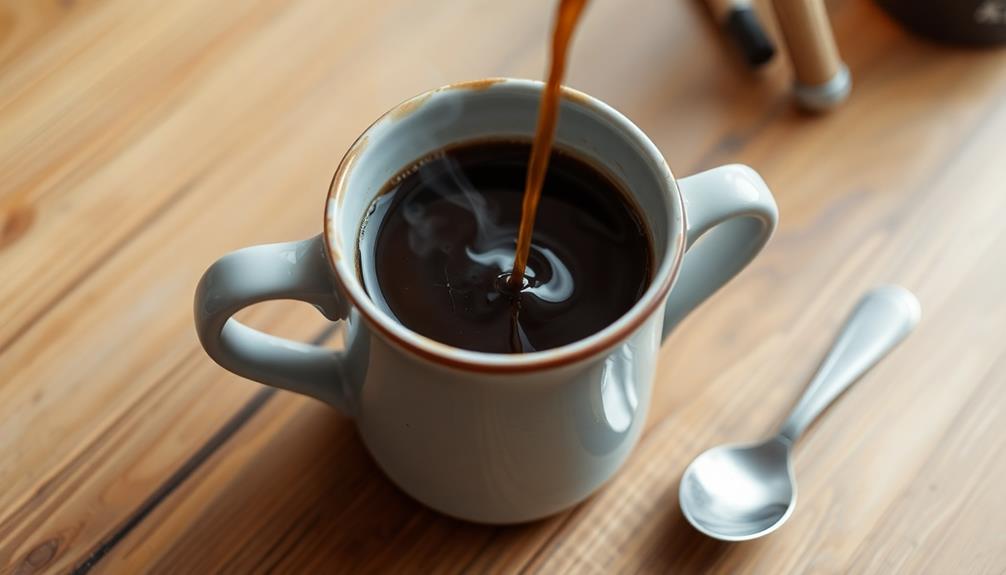
Slowly pour the brewed coffee into your waiting cup. Take your time, allowing the rich liquid to flow gently down the sides. This slow, deliberate pour helps prevent splashing and ensures an even distribution of the coffee.
As the cup fills, you'll notice the aromatic steam rising, tantalizing your senses. Pouring slowly allows you to control the flow and create a beautiful, layered presentation.
Concentrate on maintaining a steady, consistent stream, keeping the pour close to the cup's rim. This technique helps minimize the formation of a thick, frothy layer on top, preserving the pure, unadulterated flavor of the coffee.
Final Thoughts

Making great coffee takes time and effort, but the results are well worth it. As you've learned, the details matter when it comes to brewing the perfect cup. From selecting the right beans to mastering the pour, each step plays a crucial role.
Remember, don't be afraid to experiment and find what works best for your personal taste preferences.
Ultimately, the joy of coffee-making is in the journey. Pay attention to the aromas, savor the flavors, and enjoy the process.
With a little practice, you'll be crafting barista-worthy brews in no time. Who knows, you might even impress your friends and family with your newfound skills.
Frequently Asked Questions
What Type of Coffee Beans Should I Use?
When choosing coffee beans, go for a medium or dark roast. They'll give you a richer, more full-bodied flavor. Avoid light roasts if you're new to making coffee – they can taste a bit sour.
How Do I Properly Store Coffee Beans?
To properly store coffee beans, keep them in an airtight container in a cool, dark place. Avoid storing them in the fridge or freezer, as the fluctuating temperatures can affect their flavor and freshness.
Can I Use a French Press for Brewing Coffee?
Absolutely! A French press is a great way to brew coffee. It's easy to use and produces a rich, full-bodied cup of coffee. Just be sure to grind your beans coarsely and follow the proper brewing instructions.
How Do I Clean My Coffee Maker?
To clean your coffee maker, first, disassemble it and wash all removable parts with warm, soapy water. Then, run a vinegar and water solution through the machine to remove any built-up residue.
What Is the Ideal Water Temperature for Brewing Coffee?
The ideal water temperature for brewing coffee is between 195°F and 205°F. This range helps extract the optimal flavor and aroma from the coffee grounds, ensuring a delicious cup of coffee.



